Table of Contents
There’s nothing like coming home to your pup. But coming home to a huge mess? That’s something we could all do without.
*This post may contain affiliate links. As an Amazon Associate we earn from qualifying purchases.
And no matter how good your goodest boy or girl is, pet messes happen.
How do you deal with them? It pays to be prepared.
Fortunately there are a few tips and tricks that we should all have up our sleeves for when the time comes.
Because it will.
Hair

There’s no getting around it. If you have pets, you have pet hair.
Owners of short haired Jacks may feel a bit smug here. A short haired dog only has one coat of hair. And they aren’t going to blow that coat coat twice a year. But short hair is still hair. And even if your dog doesn’t go on the furniture — that you know of — you will end up with hair on the carpets, the floor, under the furniture, on your clothes… You get the picture.
Be prepared…for hair
The first line of defense is preparation. If you groom your dog regularly to get rid of the daily shed that we all do, then you’ll have less hair to clean up around the house.
Does your dog go outside? Then it pays to brush the dirt and debris from their feet and coat, so it won’t get into your house. Do this every time your dog comes inside from out. Does it sound like a lot? It doesn’t take long! Plus, it’s a nice bonding ritual for you and your dog.

What about baths? Most experts agree, you don’t need to bathe your dog often. Unless he or she gets dirty, once a month or even less will do. And be careful about the products that you use.
Special care for special hair
If you have a wire-haired or broken-coated Jack, they have special grooming needs. Learn how to address those needs and keep your Jack neat and tidy.
All dogs can benefit from regular grooming to remove shedding hair. For a wire-coated Jack, use a wide-toothed comb to remove tangles, then give them a good brushing with a wire-toothed slicker brush.
For a short-haired Jack, a soft-bristled brush alone a few times a week will do the trick.
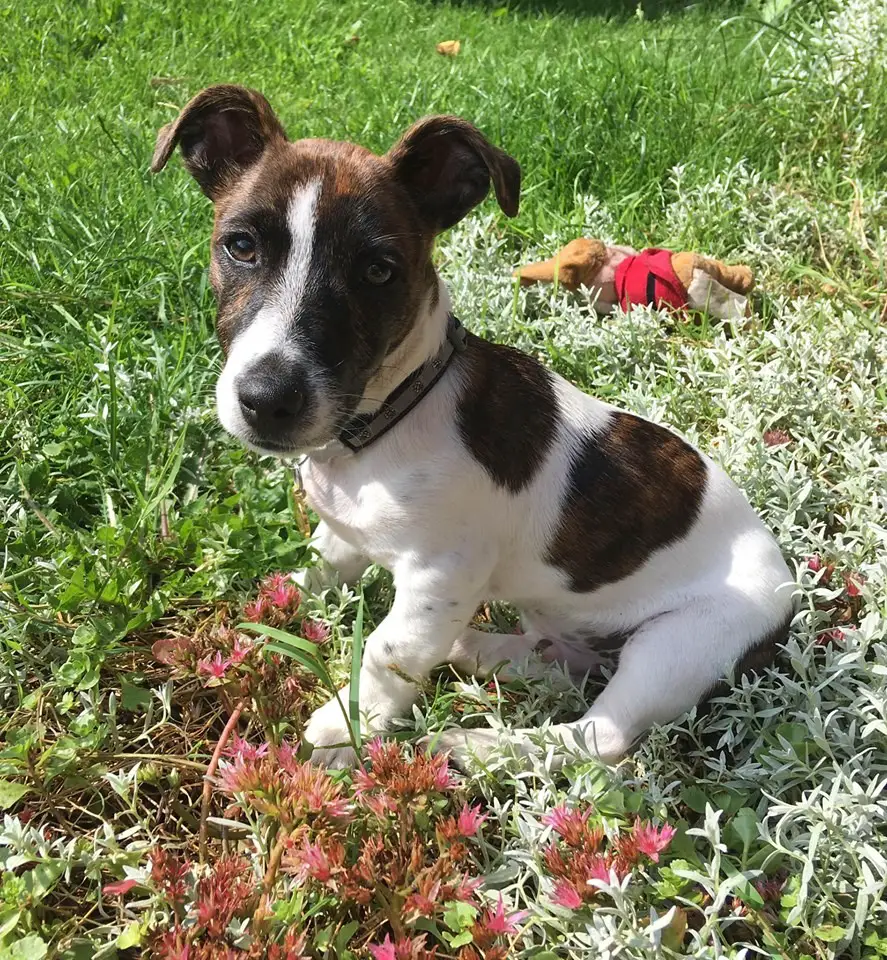
A grooming glove is another valuable tool. Just slip the glove onto your hand and pet your pup as usual. The glove will remove hair and debris. Even dogs who don’t like brushing are less likely to object to affection from their owners! As a bonus, you can use a grooming glove to “pet” hair off of furniture as well.
Removing hair from furniture
There are three inexpensive but easy-to-find tools that can help you to get that hair off of your furniture. One of them you can even make yourself.
Grooming glove
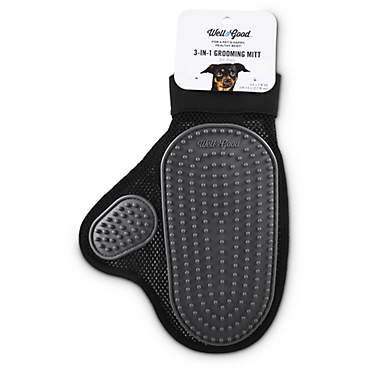
What a versatile tool is the grooming glove! They work for dogs, they work for cats, and they work on furniture, too!
A grooming glove is typically made from soft, synthetic fabric. It has a nubbly rubber coating on the palm and insides of the fingers that gently gathers falling hair.
Lint roller
We probably all have a lint roller in a drawer somewhere. There are a few different kinds. Some have rollers with adhesive that you can change out when they get dirty. Others have a synthetic fabric surface that uses static electricity to pick up hair.
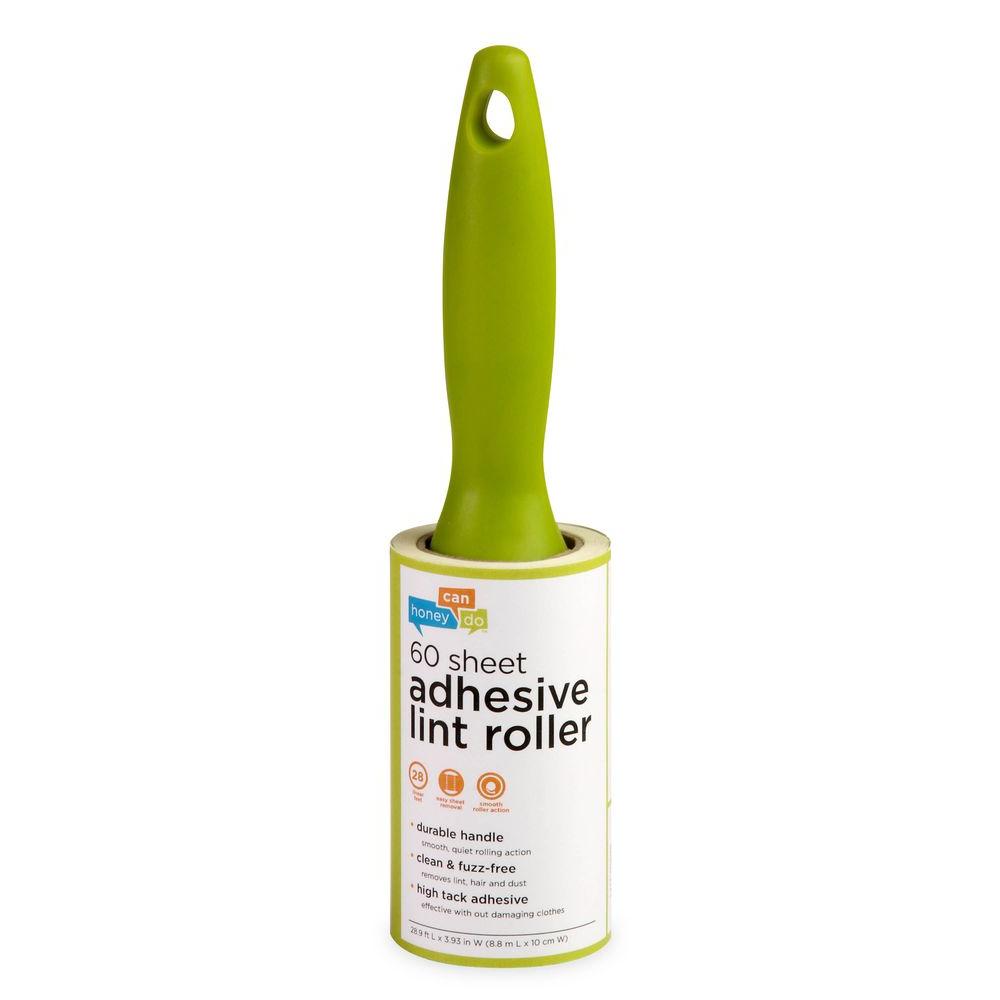
Use your lint roller on clothing as well as furniture.
When you want a quick cleanup, this is your tool.
Hand roller
This is a quick and dirty version of a lint roller. Simply wrap your hand in the tape of your choice — packaging tape works well — and use it to wipe hair off of furniture.
Getting hair out of the carpets
Every dog owner knows the value of a good, strong, made-for-pet-hair vacuum. But there are a few ways you can increase the effectiveness of your vacuuming efforts.

After you have run the vacuum over your surfaces, Get Cleaning Done recommends a number of other easy, inexpensive techniques for removing the last stubborn hairs from carpets and furniture in your home and even in your car. Give them a try to see which work best for you.
- Running velcro rollers over the surface
- Using static electricity from rubber gloves or even a balloon
- Wipe the surface with an unused dryer sheet
- Use a rubber squeegee to pick up those last bits of hair
Removing hair from hard flooring
Don’t you just sweep it up? Well, yes, of course you can. But there are tools and tricks that can make your sweeping easier and more effective.
Dry or wet wipe mop
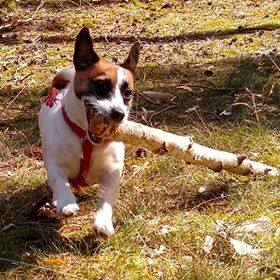
A dry mop like a Swiffer uses static electricity to attract dirt and hair. Simply throw the sheet away when you’re done.
Alternately, you can use a wet wipe mop, or even a damp sponge mop to get those last bits of dirt and hair.
Rubber broom
Won’t a regular broom do? Yes, of course it will. But specially made brooms with rubber bristles use static electricity to pick up hair and dirt. This means you can use them on hard surfaces and carpets alike.
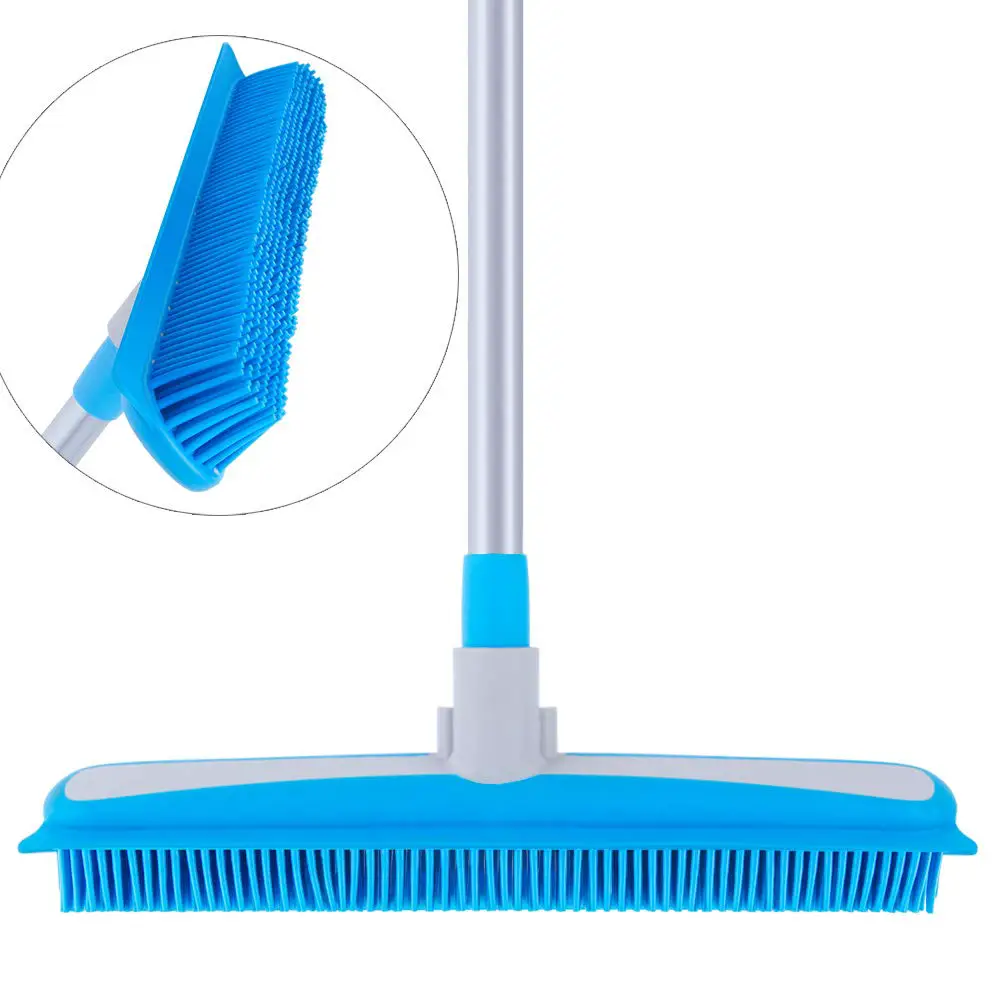
Mud and Dirt
When your dog brings mud into the house, your first instinct may be to wet it down and wash it out of the carpet immediately. But instincts can fail us, and in this case, that’s the wrong thing to do.
Wetting down the mud or wiping it up when it’s wet can grind it further into carpet fibers and cause it to set or even stain.

To get mud out of a carpet, COIT carpet cleaners recommend letting it dry first, even if you have to let it sit overnight. Then give it an extended session with the vacuum cleaner.
If the mud has left discoloration, clean it with a solution of one tablespoon of dishwashing detergent to one cup of warm water.
The Three Types of Elimination
You know what they are. You also know that when they happen, you want it cleaned up fast and completely. Here’s how.
Urine
Urine stinks. Worse than that, if it sits for too long, the stink stays. So, the first line of defense is to get to it as quickly as you can. A wet mess that sits on carpet for more than a few minutes may sink into the carpet pad, and that means a stubborn, long-lasting mess. Also, urine can harm both wood and laminate floors if left too long.
So, you’re on it. Now what?
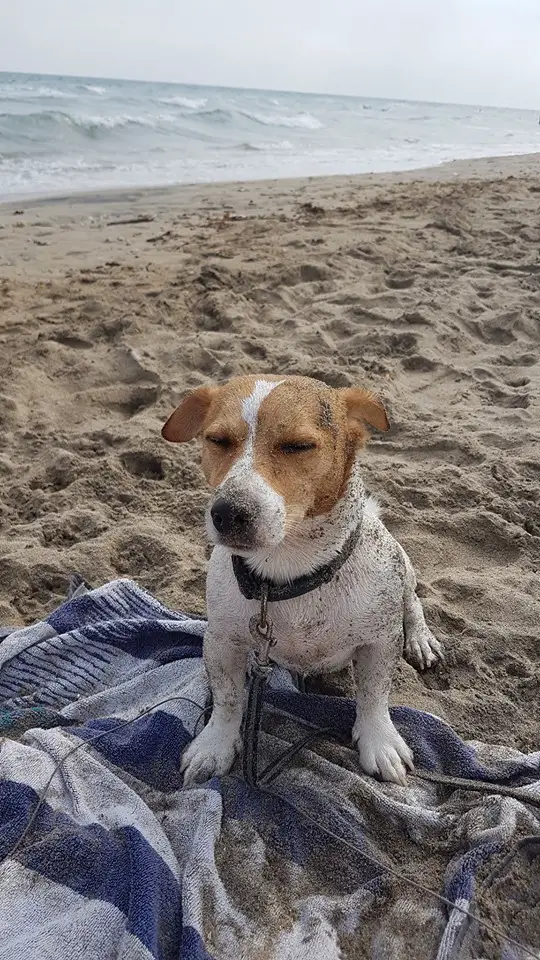
Step number one is to absorb as much of the mess as you can.
If you’re cleaning up a hard surface, you might only have to wipe it up. But if you’re cleaning up carpet, you’re going to have to work a bit.
Lay a folded damp towel over the puddle and press down on it. Weight the towel down with books, cans, or other heavy objects, and leave for ten minutes. You may have to repeat the process a few times to get all of the urine.
Next, re-wet the stain with cold water. Apply the water in a circle around the stain, starting from the outside and moving in toward the middle. This will keep the stain from spreading.
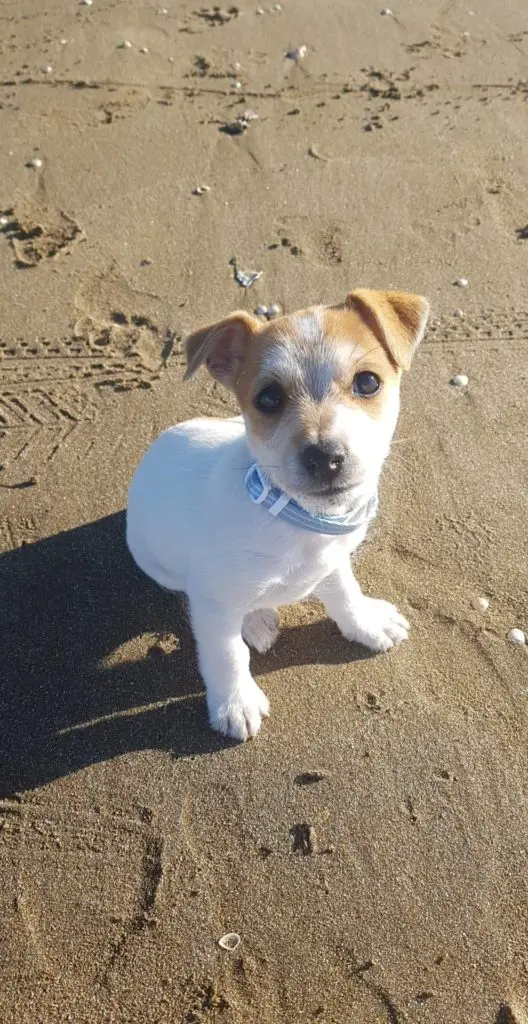
After that, spray the stain with non-toxic enzymatic cleaner. You can find this at most pet stores. Follow the directions on the bottle. Many enzymatic cleaners need to be left on the stain for several hours.
Finally, use the damp weighted towel method to soak up the cleaner. Let it sit overnight.
Feces
When it comes to this particular kind of mess, a different set of procedures is in order. Feces can be extremely damaging to both carpet fibers and flooring. It pays to clean it correctly the first time.
How? You might ask. Here’s how.
First, glove up and remove all the solids. If that’s all you’re dealing with, then you’re lucky! Disinfect and done!
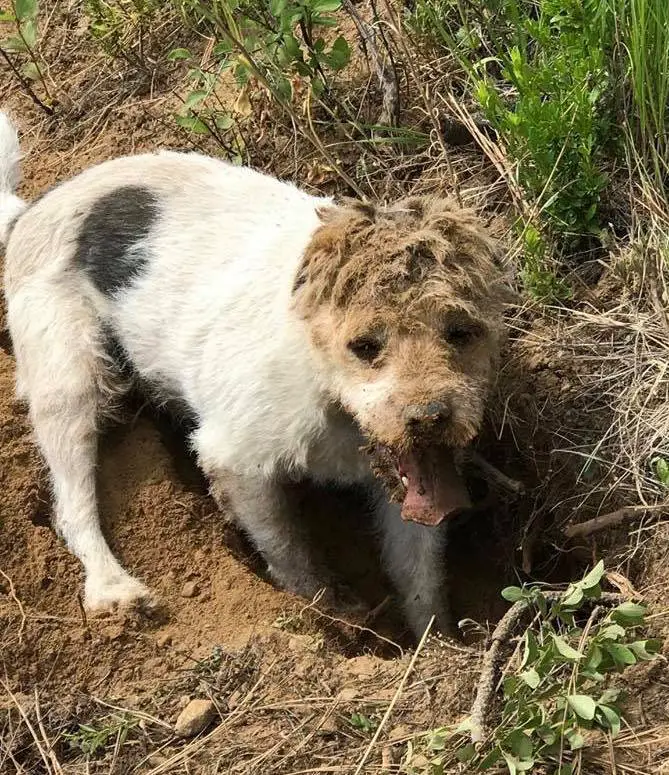
If that’s not all you’re dealing with, then use a dustpan or a piece of stiff carpet to get all of the liquid mess up that you can. Do not blot or press. This will only grind the mess into the carpet fibers.
Some people recommend spraying the area with a laundry pre-treatment product that contains bleach. Before doing that, however, spot test the product to make sure it won’t hurt your carpet or flooring.
Now, mix one gallon of warm distilled water with two tablespoons of laundry detergent. Soak the mess and let it sit for ten minutes, then scrub until the stain is gone.
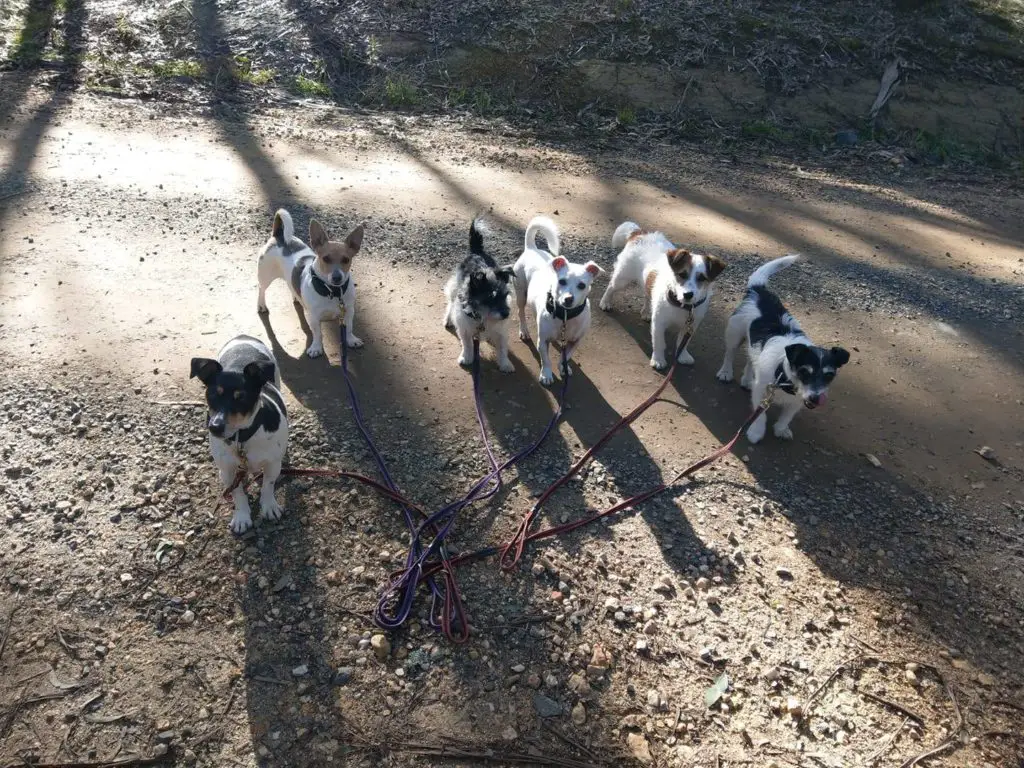
Finally, rinse the carpet and blot it dry. You may need to repeat the process.
If odor remains, sprinkle the spot with baking soda, leave for twenty-four hours, then vacuum the baking soda away.
Vomit
Did you know that you can clean vomit from carpets using table salt? It’s true!
First, clean up as much as you can using paper towels. Don’t blot or press. This will make things worse.
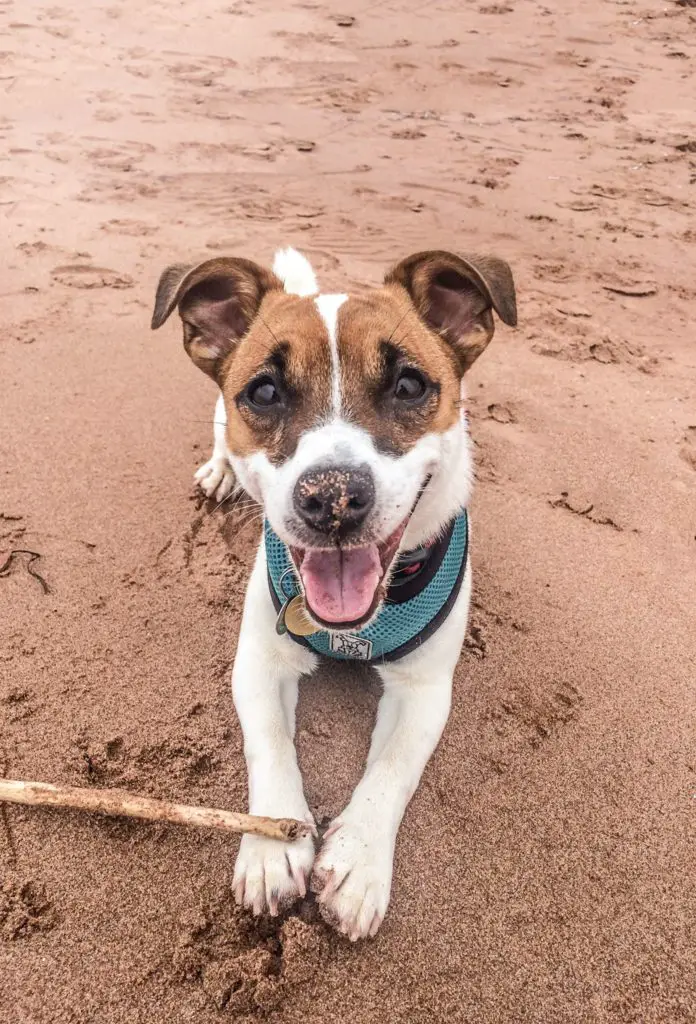
Next, clean the area with cold water.
After that, combine the following:
- 2 cups of warm water
- 1 tablespoon of salt
- 1/2 cup of white vinegar
- 1 tablespoon of detergent
- 2 tablespoons of rubbing alcohol
Mix until all ingredients are dissolved. Spot test this on your flooring to make sure it won’t damage it.
Now, use a sponge to apply this solution to the stain. You may need to do this several times and use several sponges.
After the stain is gone, blot it dry with a clean towel and sprinkle it with baking soda. Leave the baking soda to dry for a few hours then vacuum it away.
Cleaning Dog Toys
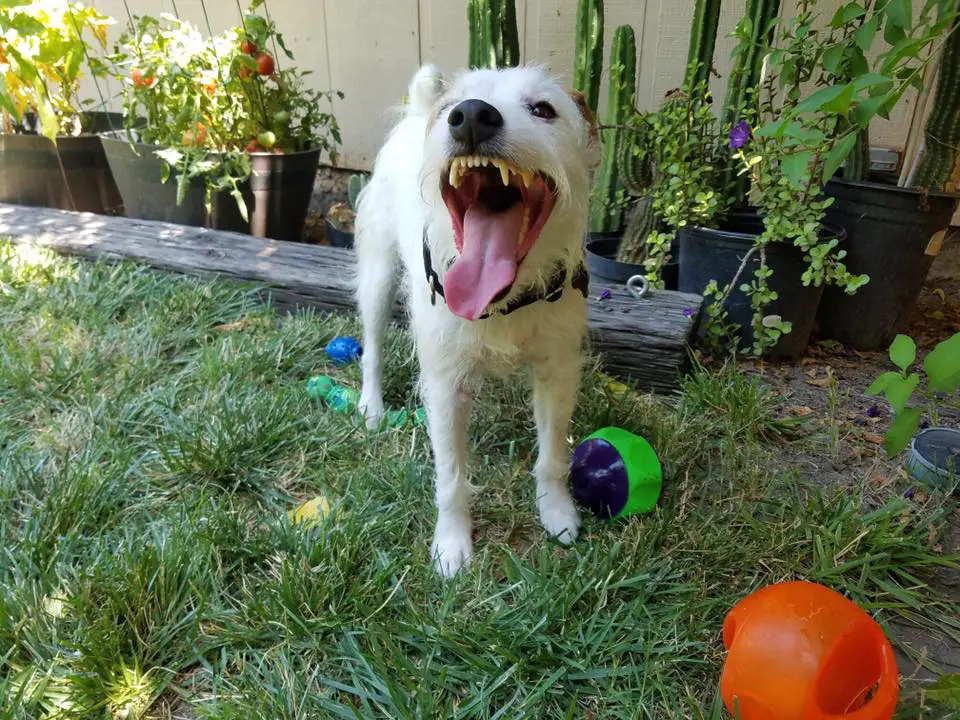
They go in your dog’s mouth. Then they go in the dirt. Then they go back into your dog’s mouth. Then they go…on the carpets and floors?
We don’t think so.
At some point you’re going to want to clean and disinfect your dog’s toys. I don’t need to tell you to be careful of commercial cleaners, which may contain chemicals that can hurt your dog.
Good thing you can make a good cleaning solution with things you probably already have in your kitchen.
You can wash hard dog toys with vinegar and hot water. You can also run them through the dishwasher, using vinegar instead of soap.
Soft toys can go into the washing machine, with a few caps full of white vinegar during the rinse cycle.
This will keep your dog’s toys looking, smelling, and…er…tasting fresh and clean.
Are You Ready to Get Clean?

Pet messes are the bane of pet owners’ existence. But cleaning them up is part of the job. And if you have the right tools and techniques, it’s easier than you might think.
So, what are some of your favorite cleanup strategies? We’d love to hear about them!
Featured Image: Pixabay License by Ella_87 via Pixabay

